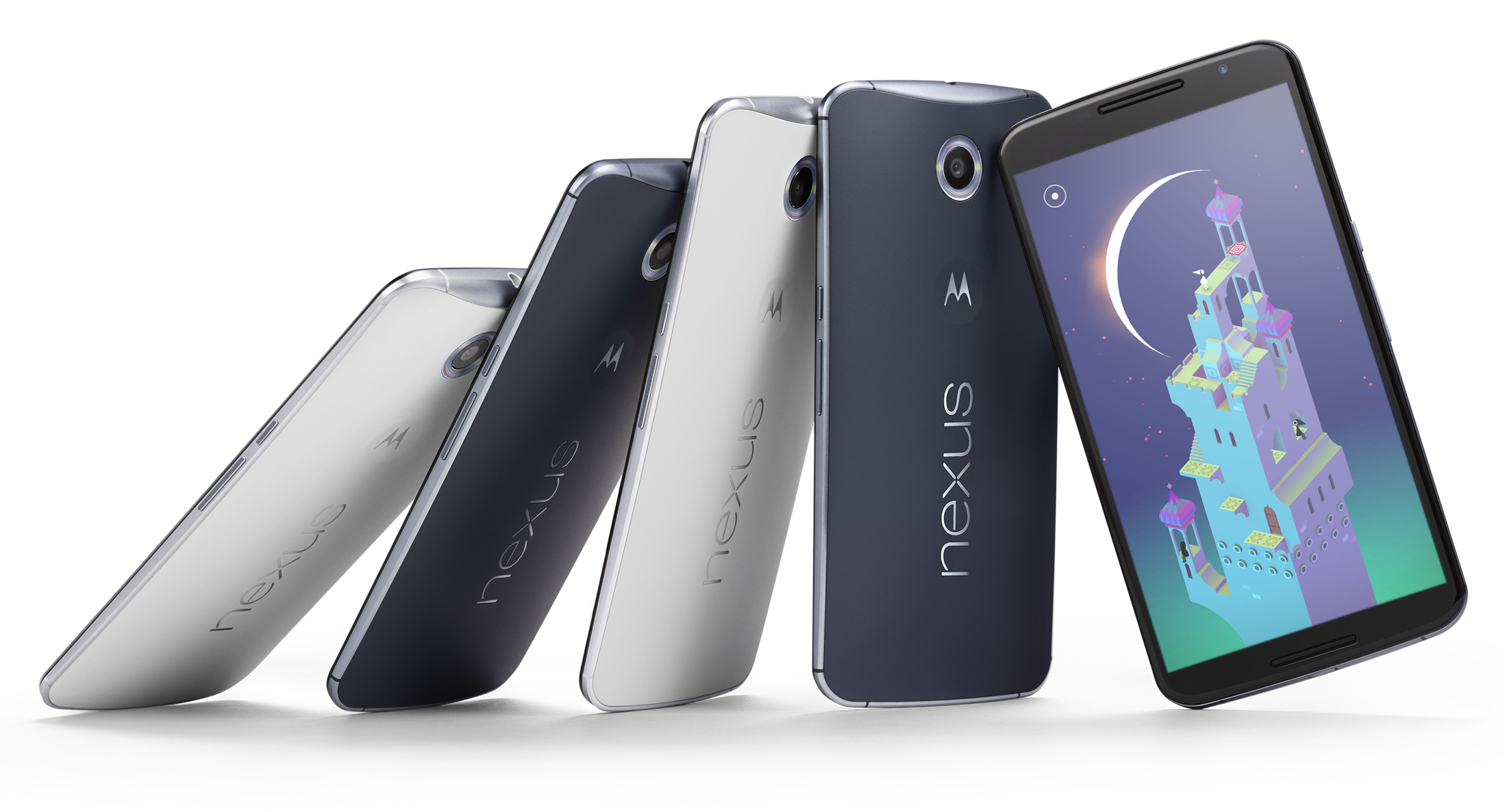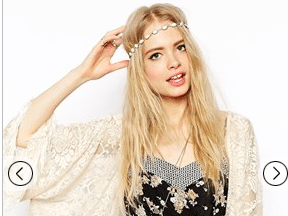High quality product photography is key for building customer trust and increasing conversions on ecommerce sites. A topic that comes up a lot at Arqspin, my 360 photography company, is whether it’s worth investing in a DSLR camera for product photography or if a smartphone’s camera can get the job done. Many people think they need a DSLR to take product photos, but with each new generation of smartphones, the quality gap is narrowing.
There’s no doubt that a DSLR camera with a good lens will beat a smartphone camera every time if you get down to the nitty gritty. DSLRs are far more versatile with a range of interchangeable lenses to accommodate the project you’re working on — such as a macro lens for shooting small objects. Most importantly, the lenses in a DSLR are much larger than the lenses in a smartphone, which helps capture sharper images with a shallower depth of field, especially in low light situations.
Despite their capabilities, DSLRs are bulky and lack the connectivity of smartphones for instant photo sharing. And you can’t forget about post-production work. DSLRs require you to upload the files to your computer, edit them using expensive software, and move them to your server or website. They’re also a hefty investment — the price of a quality camera can be in the thousands, as can be the cost of a collection of lenses. Since you’ll probably be buying or upgrading your smartphone anyway, a better investment is finding one with a good camera and purchasing a tripod and better lights instead.
So which smartphones on the market have cameras competitive enough for product photography?
1. iPhone

iPhone 6
Apple’s iPhone 6 and 6 Plus release last month came with an 8-megapixel iSight camera. Though its competitors offer up 13, 16, and even 41-megapixel cameras, what the iPhone lacks here it makes up for in features. The new models have Focus Pixels, which give you a faster and better autofocus. iPhones also have exposure control, so you can lighten or darken a photo up to four f-stops in both directions. The iPhone 6 Plus has optical image stabilization, which allows the lense to move and compensate as you move or shake, creating crisper photos, especially in low light.
The latest iOS 8 update also has a new photo app, so you can instantly edit, adjust, or apply photo filters to your image. The new generation of iPhones is available in the usual 16GB and 64GB of storage, but now offer a 128GB model as well, giving you a range of options for storing your photos. Despite the updates and larger screens of the iPhone 6 and 6 Plus, there’s still love for the iPhone 5S, which also has an 8-megapixel camera that takes quality photos even in low lighting. The iPhone is a good option for product photography due to its large storage capabilities and editing features. If you want to shoot, edit, and share images all on your phone, the iPhone will allow you to do that.
2. Samsung Galaxy S5

GalaxyS5
Fan favorite Samsung Galaxy S5 has a 16-megapixel camera with a 0.3-second autofocus capability. It features Samsung’s Isocell image sensor, which helps with image and color quality in low light situations. A unique feature of the S5 is its selective focus system, which lets you change the focus of a photo after it’s been taken. It also has a continuous autofocus mode that helps capture fast moving objects — great for action shots. With a 5.1-inch display, it gives you more room to work than the iPhone 6, but not quite as much as the iPhone 6 Plus. It’s available with 16GB and 32GB storage, depending on how many photos you plan on storing. The S5 puts out high resolution images big enough for any kind of product photography, and would be a good option for action shots if you need to show your products in motion.
3. Nokia Lumia 1020

Nokia Lumia 1020
This photo buff smartphone comes with a whopping 41-megapixel camera. It can seem a bit bulky due to the protruding camera on the back, but its 4.5-inch screen gives you enough space to work on the high resolution, detailed images it produces. The 1020 takes high-resolution and creative mode shots (lower-res for easier sharing) at the same time. It’s built to excel in low light settings and like the iPhone 6 Plus, offers optical image stabilization. It’s only available in 32GB storage, which is a bit small for a phone developed around photos. This is a competitive option for product photography, and has megapixels that compete even with the top DSLR cameras. The 1020 would work well for close up or very detailed product shots.
4. Nexus 6

Nexus 6
While it isn’t in anyone’s hands yet (pre-orders began on October 23), the highly anticipated Nexus 6 has a 13-megapixel camera with optical image stabilization to capture high quality photos in daylight and low light. Its large 6-inch display makes it easy to capture and edit photos, and with 32GB or 64GB of storage, should be able to hold all of your product photography needs. Early reviewers of the Nexus 6 praise it for its ability to shoot high quality photos at nighttime. The Nexus 6’s “phablet” size would make it easy to edit product photos right on the device. It also operates well in almost any lighting, which would be good for that lighting kit I hope you consider buying.
Which to Choose?
Not only do these smartphones capture high quality photos, but the range of apps that can extend their capabilities make it easy for anyone to make images look professional. And since they’re already connected to a data network, sharing photos with others or uploading them to your website is virtually seamless.
If I had to choose one smartphone for my product photography, my vote is for the iPhone. While its camera doesn’t have the highest resolution, its features promise consistently good photographs. Combined with Apple’s user-friendly iOS 8 interface, using an iPhone for your product photography will help you get the job done with a tool you probably already have.
Summary
If you’re looking for the best photo quality you can get with no qualms on budget, then by all means invest in a DSLR camera. But if you want to create great product photography that is budget and time friendly, give your smartphone a try.
I tell people who are serious about making an investment in their product photography equipment to spend it on a tripod and lighting. As I’ve said before, I like the Elinchrom D-Lite 4 Kit. It includes two lights, tripods, and attachable diffuser squares. A good lighting kit can set the stage for high quality product photography with any of these smartphone cameras.




